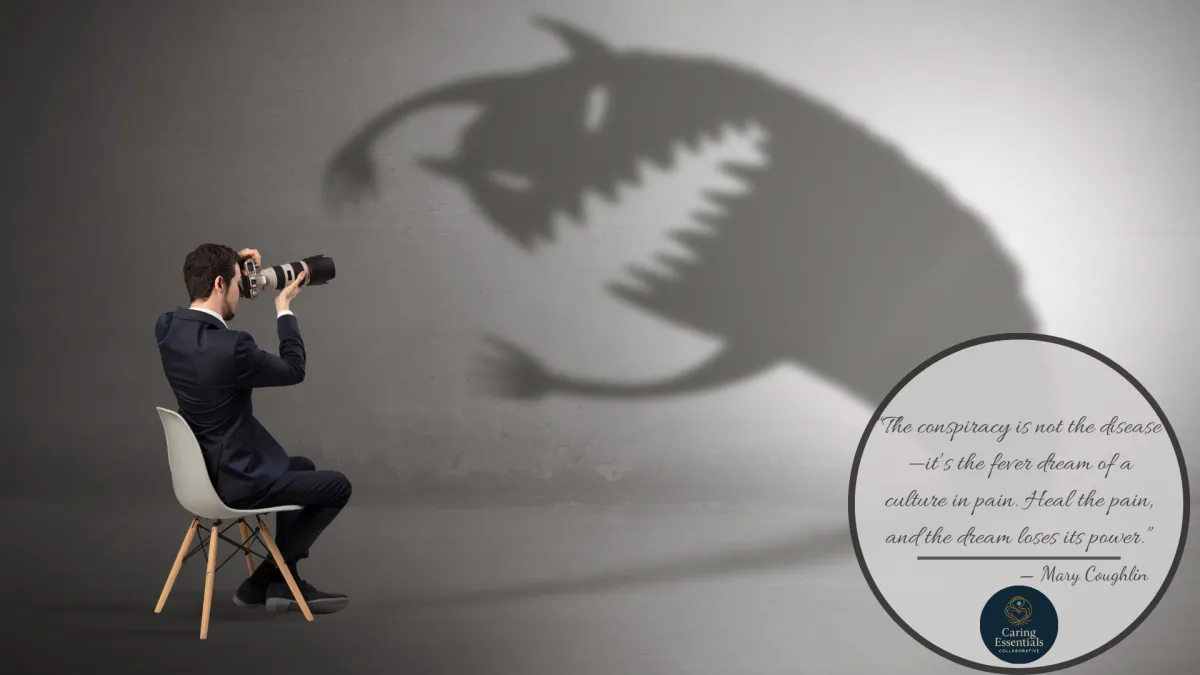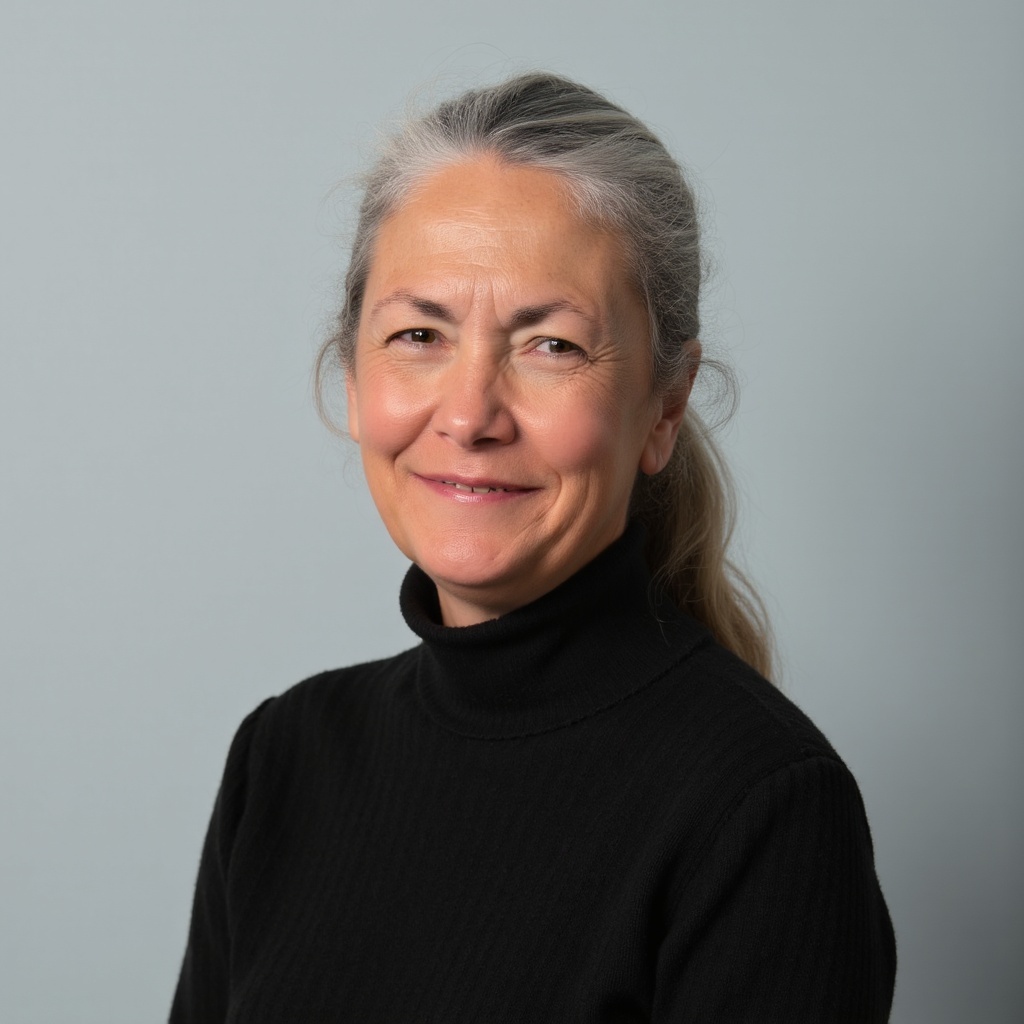
The Monster We Fed: What Conspiracy Theories Reveal About Us
“The conspiracy is not the disease—it’s the fever dream of a culture in pain. Heal the pain, and the dream loses its power.” - Mary Coughlin
The Monster We Fed: What Conspiracy Theories Reveal About Us
A trauma-informed reflection on belief, fear, and the hunger for meaning.
A trauma-informed reflection on belief, fear, and the hunger for meaning.
Some monsters, it turns out, don’t lurk in forests or under beds.
They sit behind microphones.
They whisper on message boards.
They live in us—in our fear, in our fragmentation, in the places we haven’t healed.
This past week, I found myself returning to a familiar story from the Obama years—the so-called “birther” movement. A racist lie turned political weapon, it became a masterclass in the durability of conspiracy thinking. Barack Obama could produce birth certificates, state records, newspaper clippings—but each proof only deepened the believers’ certainty that something was being covered up. The logic bent back on itself like a Möbius strip. No fact could break the spell.
And then I saw the irony: Donald Trump—perhaps the loudest birther of them all—is now finding himself ensnared in the very web he helped spin. After years of leveraging Epstein-related conspiracies to cast suspicion on his enemies, that same beast is now circling him. And just like that, the puppet master is discovering that the strings go both ways.
It’s tempting to mock the absurdity.
But I’m more interested in the ache beneath it.
Because here’s the thing: conspiracy theories feel safe.
They turn chaos into clarity. They offer heroes and villains, good and evil.
They let us believe that someone—anyone—is in control, even if it’s the wrong someone.
And when trust in systems has collapsed, when institutions have failed us, and when trauma lives unchecked in our personal and collective bodies—conspiracies become a twisted kind of balm. They soothe the unbearable uncertainty with a story. A bad one, maybe. But still—a story.
And in trauma-informed care, we know this truth:
The brain will choose a dangerous certainty over an ambiguous safety every time.
So when someone clings to a conspiracy, it may not be because they’re gullible or hateful.
It might be because they’re scared. Disconnected. Disillusioned.
Because if you grow up believing the world is unsafe, unjust, or rigged against you, it’s only a short leap to imagining secret cabals pulling the strings.
The monster isn’t the conspiracy itself.
The monster is the unhealed wound that made it plausible.
And here’s where the work begins—not just to debunk falsehoods, but to offer an alternative that feels safe, seen, and real. Not just to dismiss those lost in the fog, but to hold up a light and say:
“There’s another way to make meaning.
There’s another way to belong.
There’s another way to be human.”
That’s the work of healing.
That’s the work of truth.
That’s the work of care.
We may not be able to silence the monsters overnight. But we can starve them—by feeding the people instead. With connection. With dignity. With a future we dare to imagine together.
REFLECTION PROMPT:
Where have you seen misinformation or conspiracy thinking arise from fear or disconnection rather than ignorance? What might it look like to respond not just with facts, but with care?
CALL TO ACTION:
If you believe in building a trauma-informed society—where safety, truth, and dignity matter more than spectacle—share this post. Start a conversation. Speak to the fear beneath the fire.
We don’t fight lies with louder yelling. We fight them with deeper listening. (Hard, yes—but silence and separation are costing us everything.)
With truth in my bones,
fire in my belly,
and love as my compass,
Mary
P.S.: We cannot out-argue a culture that’s afraid to feel. But we can out-love it. Out-care it. Out-connect it. That’s what the TIP 2.0 program is all about—helping clinicians and change-makers meet fear with presence, and respond to chaos with compassion.
The next revolution won’t be televised—it will be felt.
In the spaces we hold.
In the truths we dare speak.
In the monsters we stop feeding.
